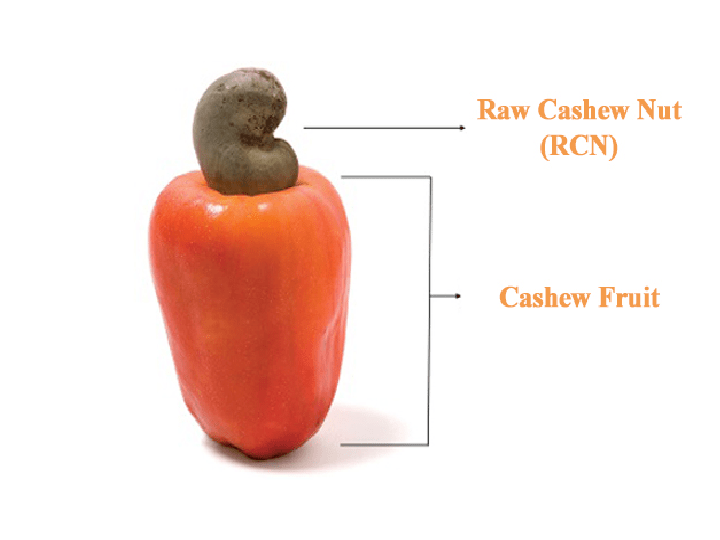We often eat cashews, but what is the value of the red-looking cashew fruit? In fact, the fruits of cashews also have many uses.
Introduction of Cashew fruit
Cashews are typical tropical evergreen fruit trees. Cashew fruit, also known as cashew apple, is formed by the expansion of the receptacle, which accounts for more than 90% of the total weight of the cashew fruit, and is a by-product in the production of cashew nuts. Cashew pears are soft and juicy with their characteristic aroma, rich in nutrients, and can be eaten fresh as a fruit. However, cashew pears are processed into various products to enrich the taste buds of diners because cashew pears contain tannins, which are astringent and have more fiber.
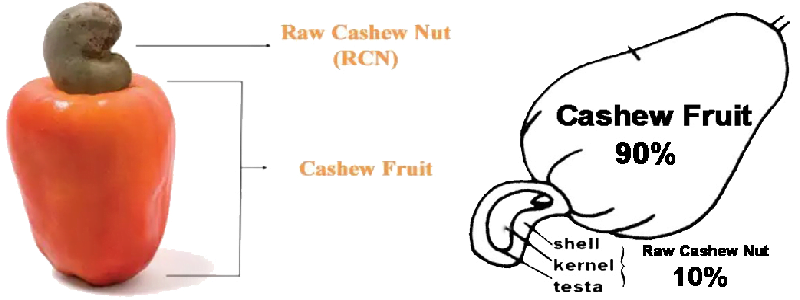
Processing of cashew nuts
Cashews are generally processed and sold. After the cashews are picked, the cashew pears and cashews need to be separated, dried with a cashew nut dryer, and shelling with a cashew nut sheller. Large-scale processing plants will use a complete cashew production line for processing. It is mechanized production, and the manual processing efficiency is relatively low. Generally, cashews can be made into nutty snacks or used in cooking.
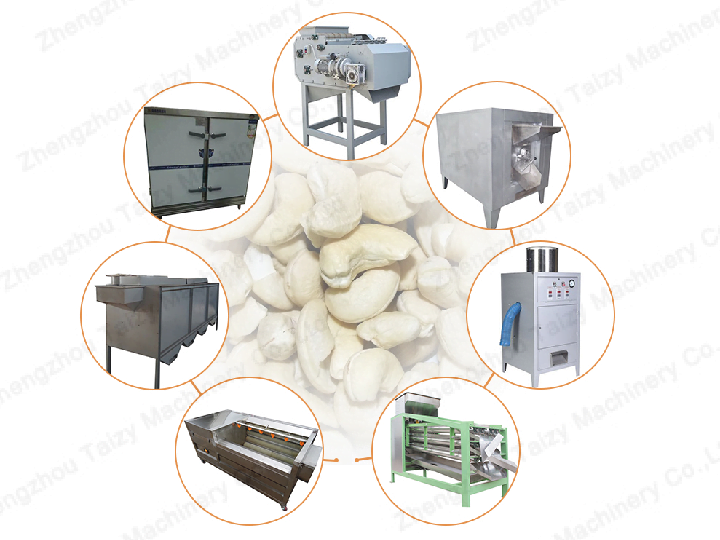
Cashew fruit value
1. Cashew pears can be used to make syrups, cans, preserves, candies, sauces, vinegar, pickles, etc.
2. Cashew nut juice can be made into cashew nut pear juice after juicing. Fresh cashew nut pear juice can be used to prevent and treat gastrointestinal diseases, chronic dysentery, and also has the effect of diuretic treatment of edema.
3. Cashew pear juice can also be mixed with other juices to make new juices. Adding different proportions of orange juice to pear juice, cashew nut processing manufacturers found that the soluble solids, titratable acid, reducing sugar, and total sugar in the mixed juice all increased with the increase of the proportion of orange juice, although the content of vitamin C decreased, Still a good source of vitamins for the human body.
4. Add cashew and pear juice to mango juice, pineapple juice, grape juice, and orange juice respectively. Compared with before mixing, the content of vitamin C in the mixed juice is significantly increased. Although the mixed juice is different in taste, color, and taste It is different from before, but in terms of overall consumer acceptance, the difference is not significant. Therefore, cashew nut processors believe that cashew pear juice can be mixed with some tropical fruit juices to improve the nutritional quality of the juice.
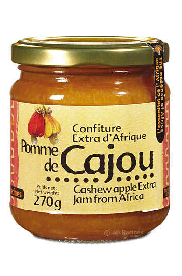
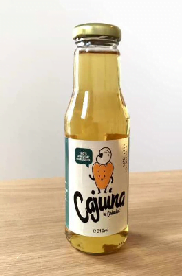
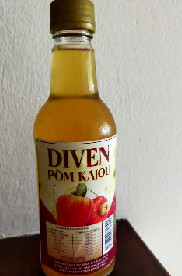
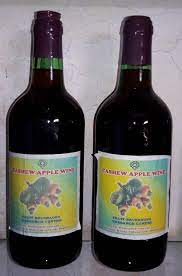
5. Cashew pears can be used to produce feed yeast and yeast-rich livestock feed.
6. Cashew pears are suitable raw materials for brewing fruit wine. Moreover, the fruit wine made from cashew pear vines keeps the original fruit aroma well, which is related to the high content of ascorbic acid and polyphenols in cashew pear, and the high content of ascorbic acid can reduce the acetaldehyde content and redox potential of cashew pear wine; cashew pear juice Most of the aroma components are easily oxidized, and the reason why polyphenols have an effect on maintaining the original fruit aroma of cashew pear wine may be the main reason for its oxidation.
In addition to producing beverages, cashew pear juice can also be used as a substrate for microbial culture, etc. The wide range of uses fully demonstrates the diversified demand for cashew pear juice. In short, cashew pears are generally processed and utilized.

